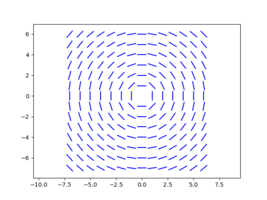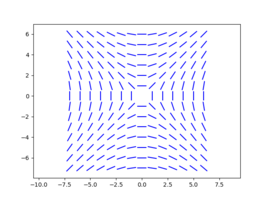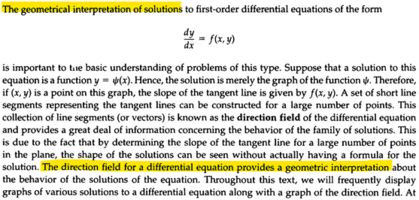Getting8926
New member
- Joined
- May 25, 2023
- Messages
- 2

Question 16: The geometrical interpretation of the graph of the differential equation: [math]\frac{d y}{d x}=-\frac{x}{y}[/math] is a family of
(a) Hyperbola
(b) Ellipse
(c) Parabola
(d) Circle
I don't know how to move forward, any help would be appreciated.
I am not given access to a computer during my exams, so how can I solve the 16th problem?
My Doubt: I know integral of the differential equation gives me an equation of the circle and from the Geogebra graph, I can see the graph of the differential equation. So, if a equation of a curve is differentiated, than that differential Equation's graph would represent that particular curve (parabola or ellipse you get the idea), is that how it works? As you can see in the Geogebra graph, the graph of a differential equation derived from the equation of a circle, also seems to be making a family of circles, is this how it works?
I know the differential equation defines a family of circles, but why? But what's the reasoning behind it? If a equation of a Circle is differentiated, then would the differential define a family of circles? Can you please help me understand why this is?
Geogebra Graph of the given Differential Equation y' = -x/y
And I don't know what professor means by "the geometric interpretation of a graph of a differential Equation"?
Last edited:



